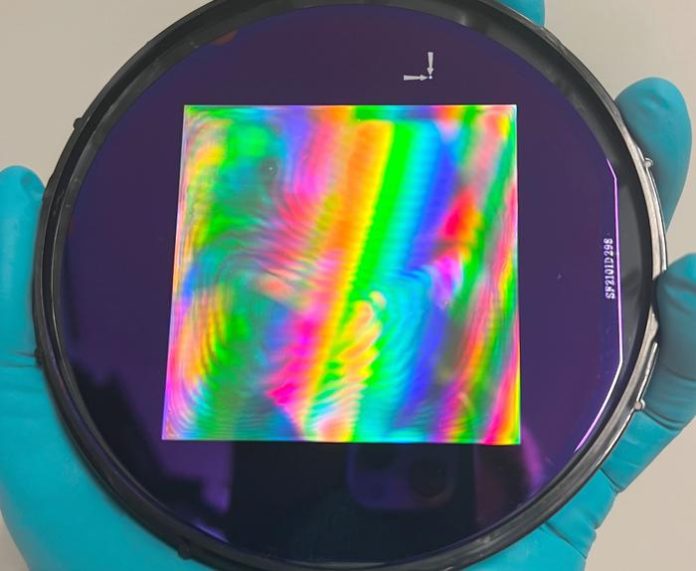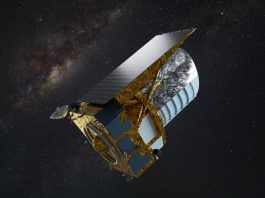Space exploration has always been hindered by the immense distances between celestial bodies. Even our fastest spacecraft, like NASA’s Voyager 1, have barely scratched the surface of interstellar travel.
At its current pace, reaching the closest star system, Alpha Centauri, would take tens of thousands of years. If humanity ever hopes to explore beyond our Solar System, we must develop much faster propulsion systems.
One promising solution is using lightsails, ultra-thin, highly reflective membranes that harness the momentum of photons to propel spacecraft at unprecedented speeds.
By leveraging this technology, flight times to nearby stars could be reduced from thousands of years to mere decades, making interstellar travel a tangible possibility.
Breakthrough in lightsail technology
A team of researchers from Brown University and Delft University of Technology (TU Delft) has taken a significant step forward in developing lightsails.
Their study, funded by the European Union and a Limitless Space Institute Grant, introduces a new method for designing and fabricating ultra-thin, ultra-reflective membranes for lightsails.
The newly developed lightsail measures 60 millimetres by 60 millimetres but is only 200 nanometres thick – a fraction of the width of a human hair.
To maximise efficiency, the surface of the sail is patterned with billions of nanoscale holes. These strategically placed holes reduce weight while increasing reflectivity, enabling higher acceleration when exposed to powerful laser beams.
Advanced materials and AI-driven optimisation
The research team constructed the lightsail using single-layer silicon nitride, a lightweight yet durable material ideal for space applications.
Optimising the material’s reflectivity and weight was a critical challenge, as higher reflectivity translates to greater thrust from light pressure, while reduced mass enhances acceleration.
To achieve the best possible design, the scientists employed artificial intelligence and machine learning techniques.
The AI algorithm optimised the shape and placement of the nanoscale holes, ensuring an ideal balance between weight reduction and reflectivity enhancement.
This approach significantly improved the sail’s efficiency, making it a viable candidate for real-world interstellar missions.
Cost-effective and scalable fabrication
Traditional fabrication techniques for nanoscale structures can be prohibitively expensive and time-consuming, with some designs requiring up to 15 years to produce.
However, the team at TU Delft developed a groundbreaking gas-based etching technique that allows for rapid and cost-effective manufacturing.
Their method enables the production of lightsail membranes in just one day at a fraction of the cost of conventional techniques.
Once suspended, these sails exhibit remarkable durability, overcoming a major hurdle in previous designs.
By combining advanced fabrication techniques with AI-driven optimisation, the researchers have recorded a lightsail with the highest aspect ratio – centimetre-scale dimensions with nanoscale thickness.
Towards interstellar missions with lightsails
The implications of this research extend beyond theoretical possibilities. The lightsail design aligns with the ambitious goals of the Starshot Breakthrough Initiative, a project founded by entrepreneur Yuri Milner and renowned physicist Stephen Hawking.
This initiative envisions deploying metre-scale lightsails powered by ground-based laser arrays, carrying microchip-sized spacecraft on interstellar journeys.
With further development, the Brown and TU Delft research team’s design could be scaled up for use in actual missions.
The scalability of their fabrication process means that large-scale production is feasible, bringing interstellar exploration closer to reality than ever before.
By leveraging AI-driven design, cutting-edge materials, and innovative fabrication techniques, researchers have developed a lightsail that is not only highly efficient but also cost-effective and scalable.
With this breakthrough, lightsails may soon propel humanity beyond our Solar System, opening up an entirely new frontier in our quest to explore the Universe.









